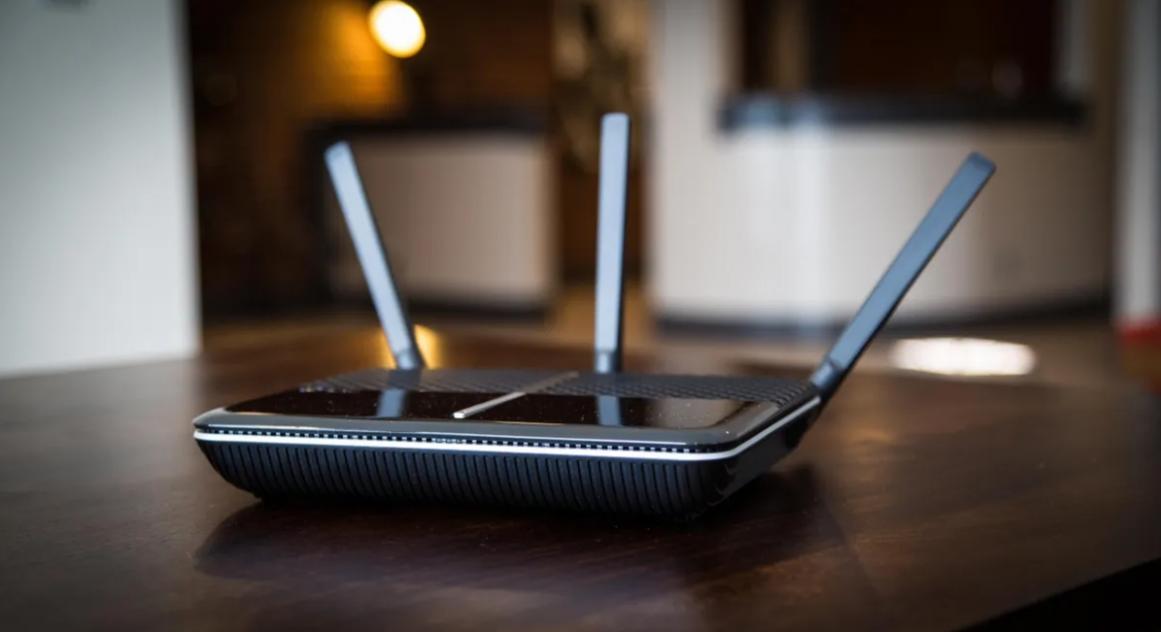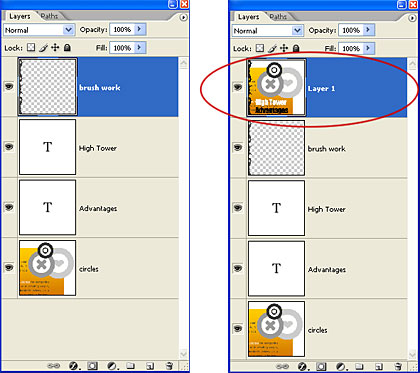When your internet connection starts misbehaving, it’s easy to point fingers at your Internet Service Provider (ISP). However, often overlooked, the problem could lie within your router itself. Understanding how to tell if router is bad is crucial because a faulty router can cause numerous connectivity issues, disrupting your daily routine. Recognizing common symptoms like frequent connection drops, unexpectedly slow speeds, or intermittent performance is the first step. In this guide, you’ll learn to identify these issues clearly, follow a straightforward diagnostic procedure, and ultimately address these router problems effectively. Doing so ensures your internet returns to optimal performance quickly and reliably.

How to Tell if Router is Bad: Common Symptoms
Frequent Internet Drops
Frequent disconnections can be a sign of a failing router. If your connection drops sporadically, particularly during crucial activities like video calls or streaming, the issue might not lie with your provider. Intermittent drops often result from hardware malfunctions or outdated firmware in the router. Checking logs within the router interface can help determine if internal errors are causing these disruptions. External factors such as interference from other electronic devices may also contribute. Relocating your router to a less crowded space and switching to a different channel can reduce interference and improve connectivity.
Slow Internet Speeds
If you notice a significant drop in your internet speed, your router might be struggling. A deteriorating router can cause sluggish performance despite high-speed plans from your ISP. Speed tests are an effective way to diagnose the problem. Run tests using both wired and wireless connections. A substantial difference between these two indicates potential wireless interference or router capability issues. Ensure no background applications consume bandwidth excessively. Upgrading to a dual-band or even a tri-band router can significantly improve data transmission and overall speed.

Overheating Issues
Routers, like other electronic devices, can overheat. Overheating typically indicates the router is overworked or nearing the end of its lifecycle. Physical inspection reveals telltale signs like excessive warmth to the touch and a noisy fan (if your router has one). An overheated router can choke internet performance, periodically fail, or even cause hardware damage. Ensure your router has proper ventilation. Avoid placing it within enclosed spaces or exposing it to direct sunlight. If overheating persists, it might be time to consider a replacement router.
Router Lights Behaving Unusually
Router lights provide valuable information about its status. Unusual behavior in these indicators is a common symptom of malfunction. Consistently blinking or inactive lights, especially the power and internet indicators, often suggest trouble. Refer to your router’s manual to interpret these signals accurately. For instance, a blinking DSL light may indicate a problem with the ISP’s connection, while an unusual power light can point to hardware failures. Resetting the router to its factory settings can sometimes resolve these issues.
Diagnosing a Bad Router: Step-by-Step Guide
Step 1: Check Router Lights and Indicators
Begin by observing the router’s lights. The power, internet, and Wi-Fi indicators provide a wealth of information about the router’s health. A completely unresponsive router with no lights likely faces a severe hardware malfunction or power issues. Blinking lights can indicate connectivity issues with the ISP or internal failures. Consult the router manual to understand what the lights signify. For example, a steadily blinking internet light may mean the router is attempting to connect but failing, often due to ISP problems or incorrect settings.
Step 2: Restart and Reset the Router
A simple restart can often solve temporary glitches by resetting the router’s internal processes. Unplug your router, wait for about 30 seconds, and then plug it back in. This can clear minor internal errors and refresh the connection. If the problem persists, consider a factory reset. This will revert the router to its default settings, potentially solving deeper issues, although it means you’ll have to reconfigure your network settings. Most routers have a small reset button; press and hold it for about 10-15 seconds to initiate the reset.
Step 3: Test Connectivity with Another Device
To confirm if the router is at fault, test the connection using different devices. If all devices experience similar issues, it strengthens the case for a faulty router. Conversely, if only one device is having trouble, the problem likely lies with that particular device. Begin with a wired connection test using an Ethernet cable. This eliminates wireless interference, providing a clearer picture of the router’s performance. If the wired connection works well but the wireless doesn’t, internal wireless components could be failing.
Step 4: Check Router Firmware Updates
Firmware updates can resolve known issues and improve the router’s performance. Access your router’s interface through its IP address (often found on the router itself or in the manual). Navigate to the firmware update section. Manufacturers periodically release updates to fix bugs and enhance security. An outdated firmware version can cause performance issues or security vulnerabilities. Download and install the latest firmware to ensure your router functions optimally. Regular updates are a good practice, keeping your hardware safe and efficient.
How to Fix Common Router Problems
Resolving Connectivity Issues
Connectivity issues often arise from incorrect settings or interference. Check your SSID (network name) and password to ensure you’re connecting to the correct network. Avoid channel overlap with neighboring Wi-Fi networks by switching to a less crowded channel in your router settings. Ensure devices are not too far from the router, as increased distance can weaken signal strength. Interference from other electronics like microwaves or cordless phones can also disrupt the connection. Positioning your router away from such devices can help stabilize the connection.
Improving Router Placement and Cooling
Router placement significantly affects performance. Keep your router in an open space, central to your home’s layout, to ensure even signal distribution. Elevate the router on a shelf to minimize obstruction. Avoid placing it near walls or metal objects, as these can block signals. For cooling, ensure your router is well-ventilated. Excessive dust inside your router can also contribute to overheating. Regularly clean it using compressed air. Investing in a cooling pad or additional fans might be necessary for high-performance environments.
Updating or Replacing Your Router
Sometimes the best course of action is to update or replace your router. If your current router is outdated, it may not support modern internet speeds or the number of devices in your household. Look for features like MU-MIMO (Multi-User, Multiple Input, Multiple Output) which allows efficient handling of multiple devices. Newer models also offer better range and stability. When replacing, consider the size of your home and the need for additional mesh systems to boost coverage. Investing in the latest technology ensures future-proof and reliable performance.
Conclusion
Identifying and addressing router issues can significantly improve your internet experience, making daily online tasks seamless again. Knowing how to tell if router is bad helps pinpoint frequent drops, slow connection speeds, overheating, or unusual router-light behavior, all indicating potential hardware issues. Conducting straightforward diagnostics—checking indicator lights, performing device restarts, testing connectivity across multiple devices, and updating the router firmware—helps confirm if your router is malfunctioning. Once identified, solutions range from adjusting settings and repositioning your router for optimal performance to replacing outdated hardware. Regularly maintaining your router and promptly addressing these symptoms ensures stable, efficient internet connectivity, enhancing overall network reliability.
FAQ
How often should I replace my router?
Replacing your router every three to five years is ideal. Technological advancements and wear and tear over time justify regular updates. Frequent disconnections, slow speeds, or outdated features indicate it’s time for a new one.
Can resetting my router fix performance issues?
Yes, resetting your router can often resolve performance issues by clearing temporary glitches and restoring default settings. Be prepared to reconfigure your network after a factory reset, as it erases custom settings.
What are the clear signs of a failing router?
Failing routers show symptoms like frequent internet drops, slow speeds, overheating, and unusual light behaviors. Pay attention to these signs and perform regular diagnostics to ensure your router is functioning correctly.







